The Lost Art of Mechanical Diagnosis in a Digital World
Modern mechanics have been conditioned to believe that plugging in a scanner is the first, and often only, step in diagnosing a car. The OBD-II port has become the oracle of automotive repair, spitting out codes that technicians treat as gospel. It's about time to face this uncomfortable truth: OBD-II is a crutch, and relying on it blindly has made mechanics worse at their jobs.
There was a time when diagnosing an engine required more than just reading a trouble code. It demanded an understanding of how air, fuel, and mechanical systems interacted. It required listening to an engine’s idle, feeling for vacuum leaks, interpreting spark plug deposits, and yes—using a simple vacuum gauge and a screwdriver to uncover problems that no scanner could ever detect.
This shouldn't be mistaken as mere nostalgia talking. This is about real diagnostic skill versus digital guesswork. And in many cases, the old ways are still the best ways.
See also:
The Fallacy Of The "Magic Code"
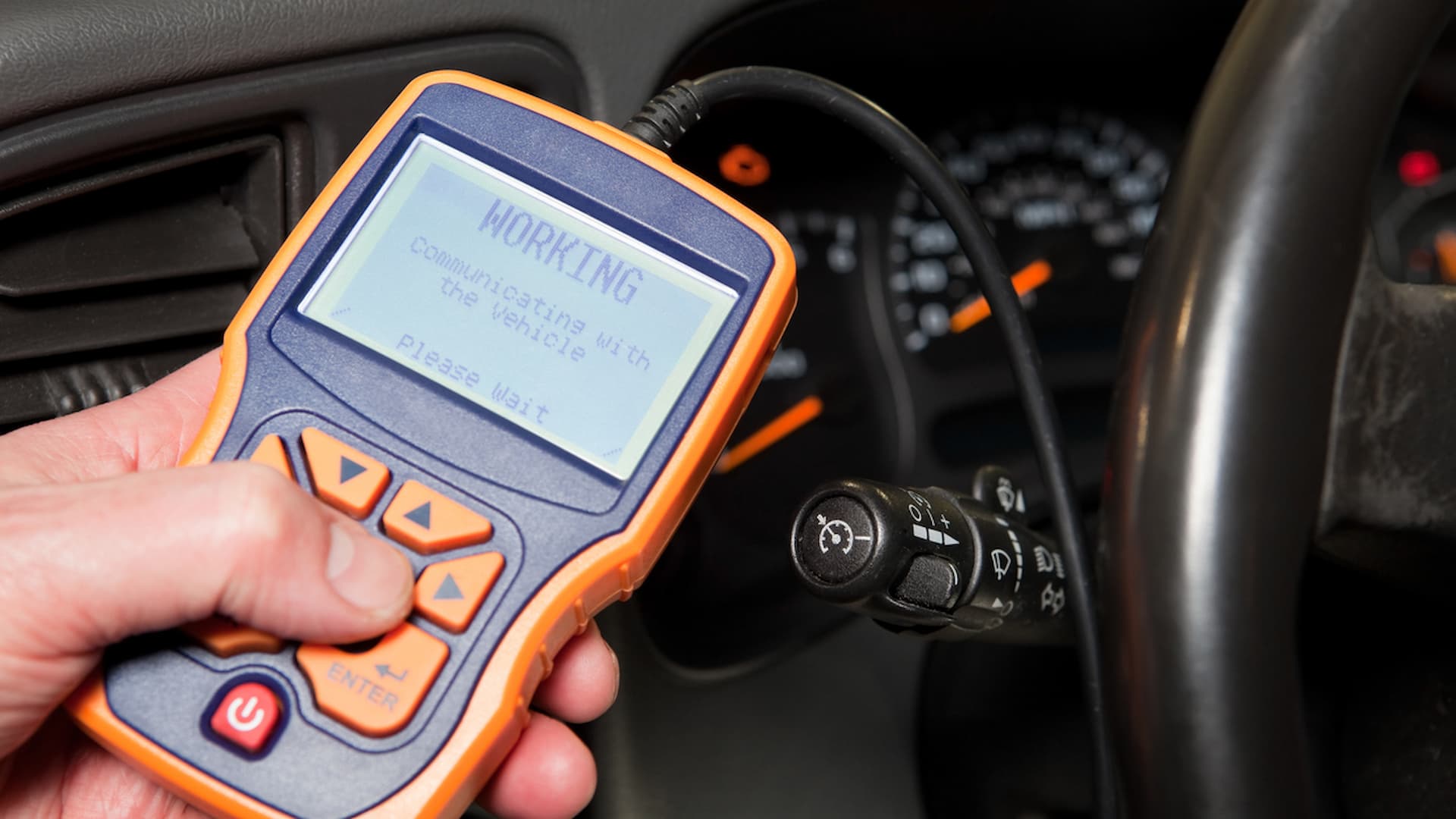
OBD-II was supposed to standardize diagnostics, but in reality, it has created a generation of mechanics who treat cars like black boxes. Plug in the scanner, read the code, replace the part. Rinse and repeat. The problem is OBD-II codes don’t tell you why something failed, only that it did.
Take a common P0171 (System Too Lean) code. A scanner might point you toward a faulty oxygen sensor or a vacuum leak. But which one? A modern tech will often throw parts at the problem—replacing the O2 sensor, then the MAF, then maybe the fuel pump—hoping one of them fixes it.
An old-school mechanic, on the other hand, will hook up a vacuum gauge.
The hiss of an engine pulling air through its intake manifold tells a story that no OBD-II scanner can interpret. In the hands of a seasoned mechanic, a simple vacuum gauge becomes a mechanical polygraph, revealing truths about an engine's health that modern diagnostics routinely miss.
While dealerships replace entire engine control units to chase ghost problems, old-school technicians still solve mysteries with this analog tool that connects directly to an engine's beating heart.
Reading Between The Lines Of Mercury
A master mechanic interprets vacuum readings like a sailor reading the waves. Each subtle variation carrying meaning. When the needle settles at a steady 18-22 inches of mercury at idle, it's the mechanical equivalent of a clean bill of health, indicating perfect valve timing, strong compression, and optimal combustion efficiency.
This textbook reading has become increasingly rare in modern engines, so much so that veteran technicians will pause their work to show apprentices this disappearing artifact of proper engine function.
The vacuum gauge's real value emerges when things go wrong. That distinctive flutter of the needle between 2-4 inches of mercury? That's the unmistakable signature of valvetrain trouble - worn guides letting stems dance, sticking valves refusing to seat properly, or tired springs losing their tension.
Modern diagnostic systems often overlook these mechanical faults until they've progressed to catastrophic failure, but the vacuum gauge spots them in their infancy. When the needle parks stubbornly low between 10-15 inches, it's whispering secrets about retarded ignition timing, exhaust restrictions, or general wear across cylinder components.
The true art lies in observing how these readings change with throttle input, allowing a skilled mechanic to isolate whether problems originate in the top end or deep in the engine's bowels.
The Physics Of Pressure Differential Diagnosis
Vacuum gauges work because they measure an engine's fundamental breathing efficiency; something no amount of computerization can fake.
Each piston descending creates a miniature hurricane as intake valves open to a 9-12 psi atmospheric pressure difference. The resulting rush of air creates the vacuum we measure, and any disruption to this flow immediately telegraphs itself through the gauge. This direct connection to mechanical truth reveals what electronic sensors often obscure.
Different camshaft profiles leave distinct vacuum fingerprints that trained eyes can recognize. Stock cams produce strong, steady vacuum while performance grinds show lower but stable readings.
Worn lobes create characteristic erratic pulses that tell their own story. Mechanics from the carburetor era developed an almost supernatural ability to identify cam specifications just from vacuum behavior, a skill that's becoming as rare as blacksmithing in the age of drive-by-wire throttles.
When hunting vacuum leaks, the old methods still outperform modern technology. While contemporary shops deploy expensive smoke machines, veterans achieve surgical precision with carb cleaner and a watchful eye on the gauge.
The exact location of a leak changes the needle's behavior in ways that reveal not just the presence of a problem, but its specific location and severity.
Why Computers Can't Replace Mechanical Intuition

The limitations of modern diagnostics become painfully apparent when contrasted with vacuum analysis. OBD-II systems wait passively for trouble codes to set, often only responding after damage has occurred. They rely on sensors that can fail or provide false data, and frequently miss gradual mechanical wear until it becomes severe.
The vacuum gauge shows problems developing in real-time, remains unaffected by faulty sensors, and reveals wear patterns long before they trigger any check engine light.
Manufacturer diagnostics often dismiss early warning signs as "within normal parameters," while the vacuum gauge reports ground truth without filter or favor. In an era where professional scan tools can cost thousands, the humble vacuum gauge continues to prove its worth daily in shops across the country, solving mystery drivability issues in minutes that had stumped computer diagnostics for hours.
Preserving A Vanishing Art
As the automotive world disappears deeper into computerization, these mechanical diagnostic skills risk extinction.
The last generation of mechanics who grew up without OBD ports are retiring, taking with them the ability to diagnose by sound and feel, an understanding of mechanical rather than electronic failure patterns, and time-tested tricks that bypass modern diagnostic roadblocks.
Some forward-thinking technical schools have begun adding "old-school diagnostics" to their curricula, recognizing that sometimes the best tool is the one that connects directly to an engine's mechanical soul rather than its computer brain.
The vacuum gauge remains one of the last bridges between digital diagnostics and the physical reality of how engines actually work.
No code needed. Just physics.
And here’s the kicker: A vacuum gauge costs $20. A professional-grade scan tool? Thousands. Yet one gives you real-time, actionable data, while the other gives you a vague hint.
See also:
When OBD-II Fails You
OBD-II has glaring blind spots that old-school methods don’t:
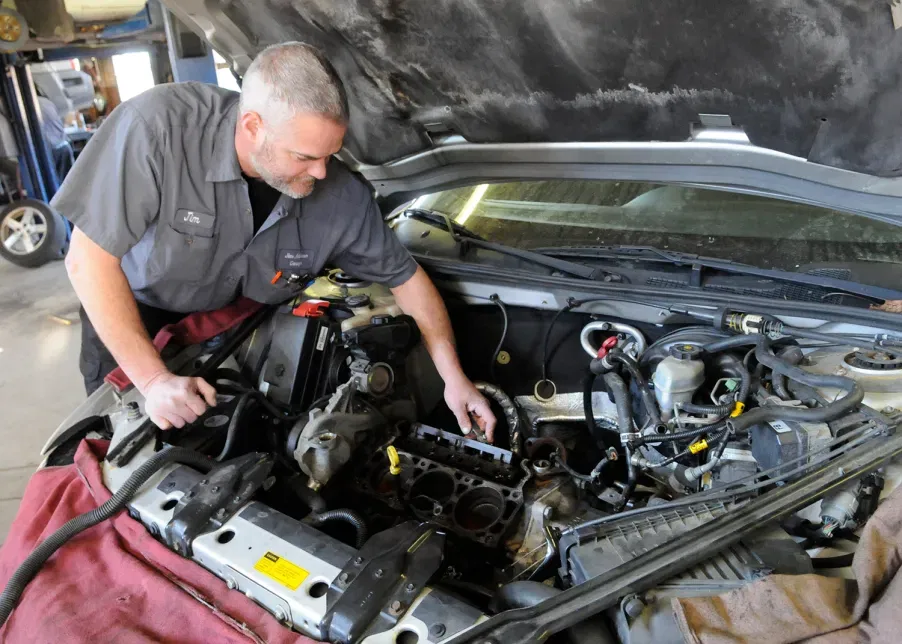
1. It Can’t Detect Mechanical Wear
A scanner won’t tell you if your timing chain is stretched, your rings are worn, or your valves aren’t sealing. But a compression test or a leak-down test will; tools that have been around since the dawn of internal combustion.
2. It Lies About Sensor Data
OBD-II relies on sensor inputs, but sensors fail, get dirty, or report misleading data. A throttle position sensor might read "within spec" while still causing driveability issues. A mechanic with a screwdriver can test the throttle linkage manually. No computer required.
3. It Ignores the Human Factor
An engine has a language. A misfire sounds different from a vacuum leak. A rod knock doesn’t need a code to be diagnosed; it needs a trained ear. Modern shops skip this step, trusting the scanner over their own senses.
4. It Creates False Positives
Ever seen a car with a P0420 (Catalyst Efficiency) code where the real problem was a bad spark plug? The scanner blames the cat, but the root cause was incomplete combustion. A plug reading would’ve caught it immediately.
The Tools That Actually Work

Before OBD-II, mechanics relied on a handful of simple, foolproof tools:
- Vacuum Gauge: The ultimate engine health monitor. Fluctuations reveal intake leaks, exhaust restrictions, and even camshaft wear.
- Compression Tester: Instantly shows cylinder health, far more reliably than a misfire code.
- Timing Light: Verifies ignition timing without trusting a sensor that might be lying.
- Spark Plug Wires and a Screwdriver: A makeshift stethoscope to pinpoint injector clicks, lifter noise, or bearing wear.
These tools don’t just diagnose; they prevent misdiagnosis. How many oxygen sensors have been replaced unnecessarily because a scanner said "bad O2 sensor" when the real issue was a exhaust leak? A smoke machine (another old-school tool) would’ve found it in seconds.
The Scary Truth About Modern Diagnostics
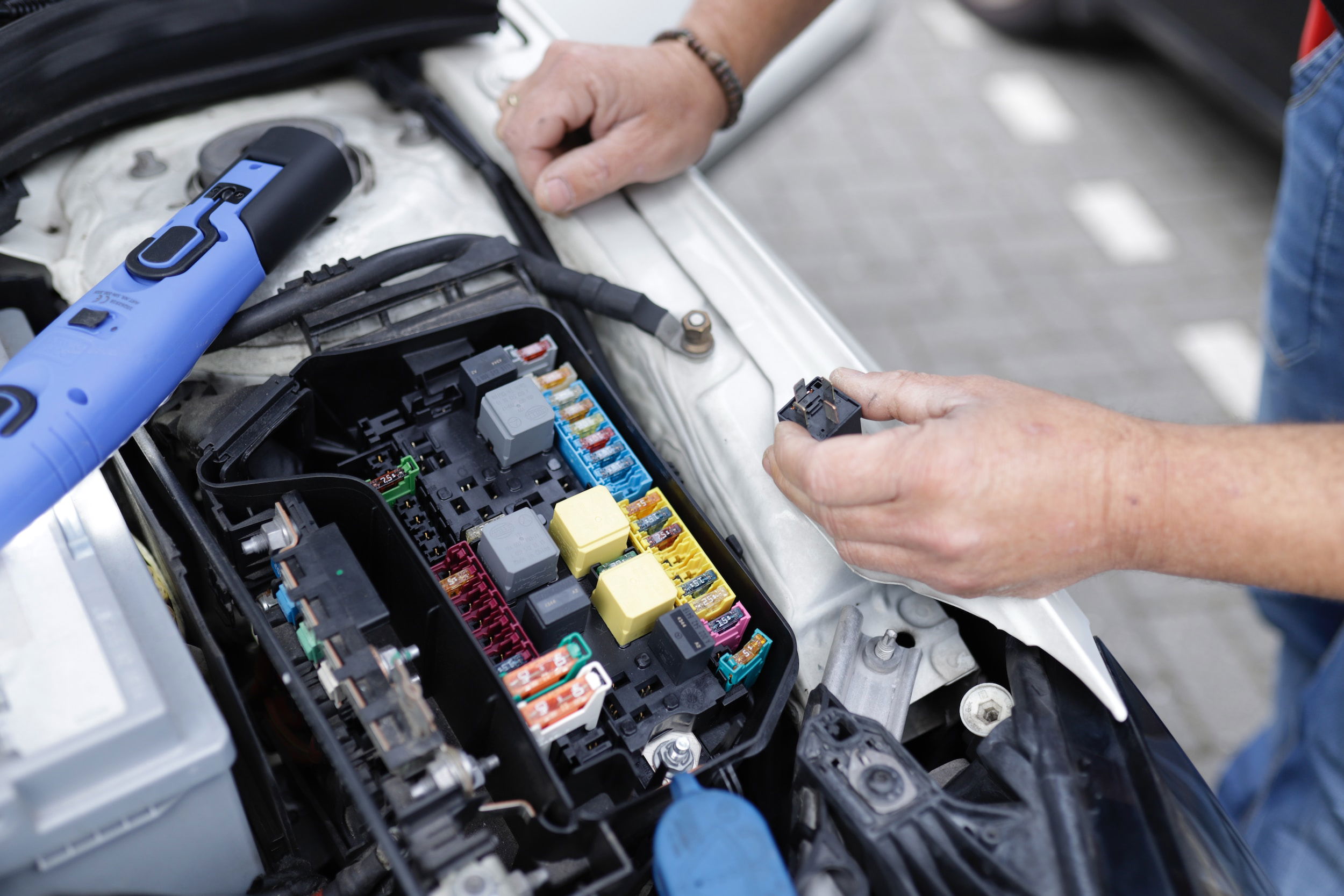
The automotive repair industry stands at a dangerous crossroads, where the very technology designed to make diagnosis easier has instead created a crisis of competency.
The widespread adoption of OBD-II systems has inadvertently spawned a generation of technicians who can read trouble codes but can't interpret mechanical symptoms, who understand software but have lost touch with hardware.
This over-reliance on computer diagnostics has fundamentally altered the way we approach vehicle repair. And not always for the better.
Modern repair shops increasingly resemble IT departments rather than mechanical workshops, filled with technicians who approach every problem with the same strategy: plug in the scanner, replace whatever part the computer suggests, and hope for the best.
This "code-and-replace" mentality has created a disturbing trend where root cause analysis has become a lost art.
Consider the case of a persistent P0171 lean code - the modern equivalent of chasing a vacuum leak. Where a seasoned mechanic would methodically check intake gaskets, vacuum hoses, and fuel delivery, today's techs often go straight to replacing oxygen sensors and mass airflow meters in shotgun fashion.
One dealership technician admitted to replacing three throttle bodies on the same vehicle before discovering a cracked PCV hose; a $5 part that took 30 seconds to install once properly diagnosed.
The consequences of this approach ripple through the industry:
- Customers pay for unnecessary parts and labor
- Waste increases as perfectly good components get discarded
- Mechanics lose opportunities to develop critical thinking skills
- Simple problems become expensive ordeals
When the Computer Lies: The Fallibility Of Diagnostic Codes
The automotive aftermarket has developed an almost religious faith in OBD-II codes, treating them as divine revelation rather than the imperfect diagnostic aids they truly are. This blind trust leads to several dangerous assumptions.
First, that trouble codes always point directly to the failed component. In reality, codes often indicate symptoms rather than causes. A P0300 random misfire code could stem from bad spark plugs, low compression, a vacuum leak, or even a failing fuel pump. But many techs will default to replacing coils and plugs without deeper investigation.
Second, that the absence of codes means the absence of problems. Many mechanical issues (failing bearings, worn timing chains, sticking valves) don't always trigger diagnostic trouble codes until damage is severe. Mechanics relying solely on scanners miss these developing problems during critical early stages when repair costs are lowest.
Third, that all codes require immediate attention. Some systems, particularly emission controls, can set intermittent codes for transient conditions that don't indicate actual component failure. The art of distinguishing between meaningful and meaningless codes is being lost.
The Disappearing Arts Of Mechanical Diagnosis
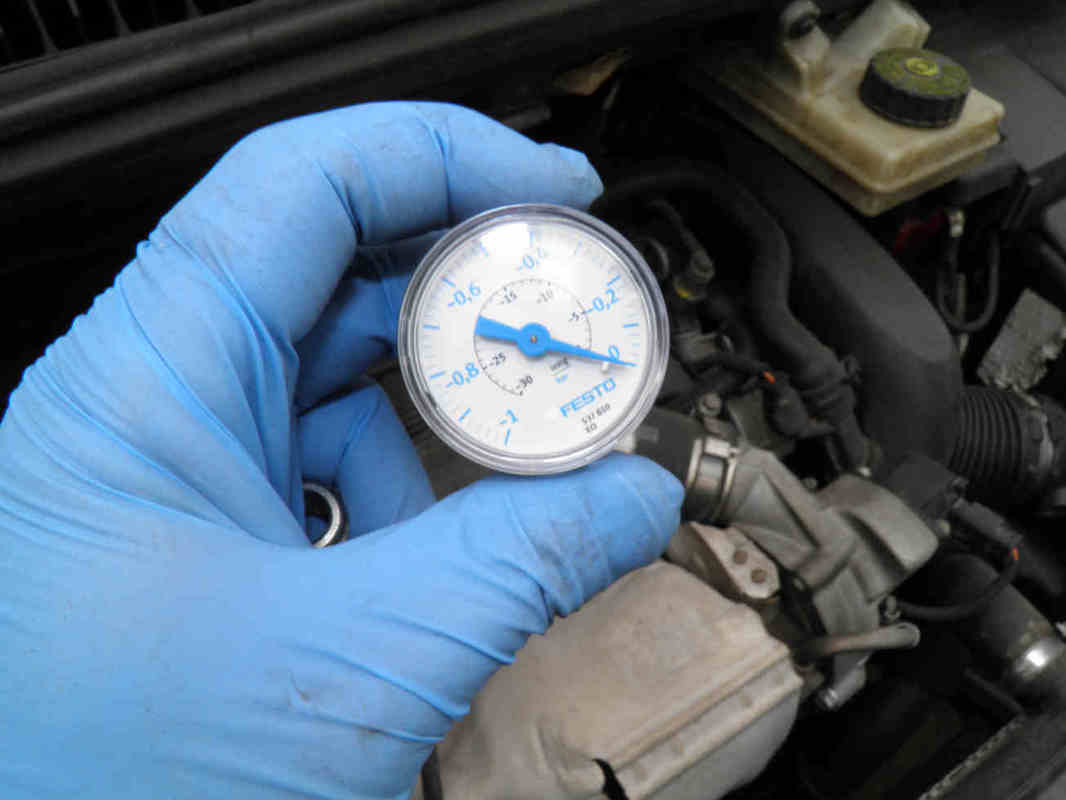
Walk into any vocational school auto shop today and you'll find students proficient with scan tools but baffled by basic mechanical concepts that were second nature to previous generations:
The rhythmic dance of adjusting points gap by feel and dwell angle by ear has been replaced by mouse clicks in diagnostic software. Where mechanics once diagnosed carburetor issues by studying plug coloration and listening to idle quality, today's techs often can't distinguish between a rich and lean condition without scanner data.
Basic skills that were universal 30 years ago now qualify as specialist knowledge:
- Setting ignition timing with a light
- Adjusting valve lash by feeler gauge
- Diagnosing fuel mixture issues with a vacuum gauge
- Tuning carburetors by ear and exhaust smell
This skills erosion creates a dangerous dependency loop, as fewer mechanics retain these fundamental abilities, the industry becomes more reliant on computer diagnostics, which in turn discourages new technicians from learning traditional methods.
The result is a growing vulnerability in our repair infrastructure; when scanners fail or provide misleading information, fewer and fewer technicians have the skills to fall back on mechanical diagnosis.
Rebuilding The Mechanical Mindset
Some forward-thinking shops and schools are fighting this trend by deliberately incorporating "old school" diagnostics into their training:
- Requiring manual diagnosis before scanner use
- Maintaining fleets of pre-OBD vehicles for training
- Teaching vacuum gauge and compression testing as primary tools
- Encouraging sensory diagnosis (sound, smell, feel)
The most successful modern technicians will be those who can blend computer diagnostics with fundamental mechanical understanding - using OBD-II as a starting point rather than the final word.
As vehicles become more complex, the need for technicians who truly understand how systems interact becomes more critical, not less. The future of automotive repair belongs to those who can think beyond the scan tool.
Worse, manufacturers are locking down diagnostics even further. Tesla, for example, doesn’t even use standard OBD-II codes; just vague "alerts" that require proprietary software to interpret . Independent shops are left guessing while dealerships charge $200/hour for basic scans.
The Best Mechanics Use Both—But Never Trust Just One
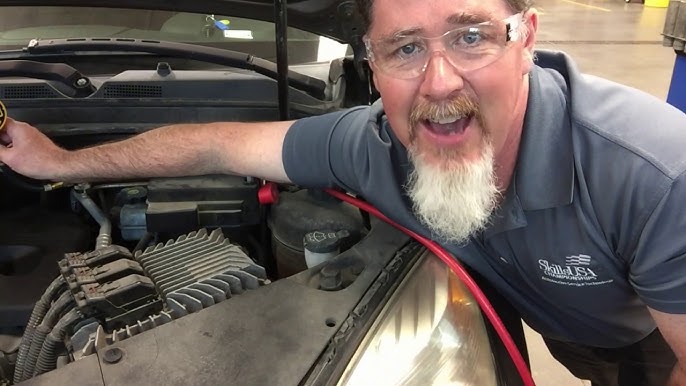
This isn’t an argument to abandon OBD-II entirely. It’s a call to use it wisely.
- Start with your senses. Listen to the engine. Feel for vibrations. Smell for fuel or coolant.
- Verify with old-school tools. A vacuum gauge doesn’t lie. A compression test doesn’t need updates.
- Use the scanner last. Let it confirm what you already suspect, not dictate your diagnosis.
The best mechanics in the world, the ones who fix cars others give up on, still work this way. They respect technology but don’t depend on it. Because at the end of the day, cars are mechanical beasts, not software platforms.
And no amount of digitalization will change that.